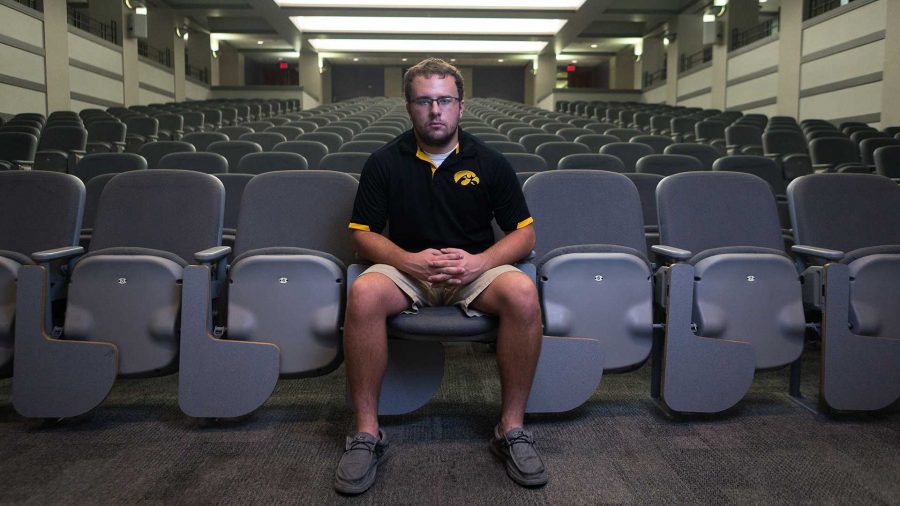The culture of rural communities plays a factor in rural students not going to college in the same numbers as other young adults, which can be detrimental if the rural economy begins to fail.
Charles Fluharty, the president and CEO of the Rural Policy Research Institute, said this affects all students but focuses on rural white males. Also, he said, each rural community varies.
A rural community generally has one dominant industry composing the economy, Fluharty said, such as agriculture, manufacturing, or mining. In these communities, he said, these blue-collar jobs can provide a decent middle-income life for an individual.
These not-diverse economies create a culture that does not strive for change, Fluharty said, causing men to take jobs in town like their fathers and grandfathers. However, he said if these economies begin slipping, families and schools of rural students do not push for higher education, so it is not considered.
Here in Iowa, Fluharty said, students are fortunate to have school systems that include 4-H and FFA programs, attracting students to Iowa’s land-grant university, Iowa State.
Annette Hacker, the Iowa State director of news service, noted the school’s mission and vision.
“[Iowa State’s faculty and staff] are boosting crop production, protecting natural resources, perfecting bio-based fuels, refining wind turbines, designing human and animal vaccines, and educating the leaders of tomorrow,” the mission statement said.
The University of Iowa is not primarily focused on agricultural education, said Jeneane Beck, the UI assistant vice president for External Relations.
“Iowa State University is Iowa’s land-grant university, which means it’s original mission was in part to teach agriculture,” Beck said. “The University of Iowa was established in the Iowa Constitution primarily for the promotion of literature, the arts, and sciences.”
While there is no agriculture major at the UI, Beck said, the UI College of Public Health has a graduate certificate in agricultural safety and health, which trains students to recognize safety and illness hazards and treat and prevent farm illness and injuries.
The UI is also part of Iowa’s Center for Agricultural Safety and Health, she said, which helps to better safety and health in agriculture by providing education and training.
To better the situation of rural students not attending college, Fluharty said, the culture of these communities must change.
He noted the Kentucky Valley Educational Cooperative as an example of how culture change improves higher-education rates.
The program, he said, focuses on 22 school districts in the 20 poorest counties in Kentucky, which are located in the Appalachian region and struggl the most with rural college attendance. Five years ago, he said, these schools had the lowest college attendance in the state and the worst test scores.
Now, Fluharty said, the schools have the highest attendance rate in the state, and test scores have improved by 20 percent.
What these schools realized, Fluharty said, was they did not have to change what they had in their school systems but recognize education as the most important thing for their students to go on to college and potentially come back and build diverse industry in their communities.



